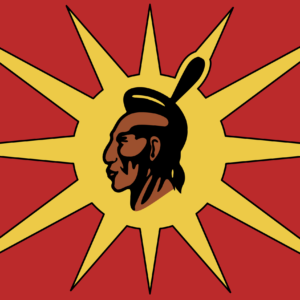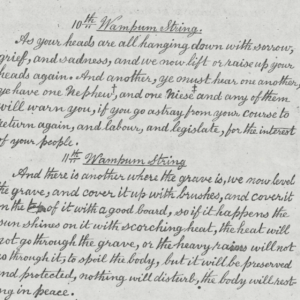
My mentors get upset when I call Six Nations a reservation; they tell me it is a Territory. They are absolutely right, yet I will use the word anyway for illustration purposes. Maybe it’s the colonial brainwashing talking but there is something charming about the rez.
Reservation culture hasn’t been written about much and it’s difficult to explain — there is no other place like it in the world. Bits and pieces are familiar from other societies and cultures.
Some aspects of the American ghetto projects resonate with the children of reservation life. Indigenous peoples have certain things in common with the African American such as poverty, incarceration rates, displacement, racism and diabetes.
But when you spent time in a ghetto you realize there are some major differences. There is so much concrete in the ghetto and everyone lives so close together — we just can’t relate with the urbanity of city life.
Maybe it’s just American culture in general but it seems like everyone is competing with each other in the big city. Sometimes it seems like they don’t see each other as the one large interconnected family unit they are.
Then we can relate to other Americans in the complete opposite direction. Duck Dynasty happens to be a big hit with us. Why you may ask?
Well it’s definitely not the big beards (most native men can only grow a little patch of fuzz due to genetics). But because most reserves were tucked away and hidden from ‘civilization’ there is a rural nature to them. Hunting, fishing, 4×4’s, and distrust of the corporate government is a common denominator we have with the rednecks of the American south.
Even the gentlest native person can probably regale you with a tale of a glorious fist fight they entered into at a bush party — it’s just part of the rez experience. You may find this surprising but you can even catch a glimpse of the Confederate Flag now and then on certain parts of the reserve (not to be mistaken with the Confederacy Flag).
So the reserve may be one part ghetto, one part Dixie but it’s the third part that is most difficult to describe and it’s the third part that really defines us.
Please excuse this barbaric expression but we are real Indians. Just not the kind that the world learned about from Hollywood.
We are true and living descendants of an ancient society of peace. Our history has been intentionally tampered with and warped. We have been portrayed in movies and media as warlike savages.
Despite the repeated assassination attempts of our character we can still remember who we are and who we will continue to be. It’s difficult to accurately define ourselves because we are tied to the past. Our common identity involves discovering who we really were and what our value systems used to be.
Almost every young person on Six Nations has heard a scolding voice of an angry elder say “That’s not our way!” This teaches us that we are not in charge of our individual identity but we all share a common responsibility to remember who we are supposed to be.
Through her work on identity and Indigenous nationhood, anthropologist Dr. Audra Simpson, Mohawk, argues identity is both relational and a feeling. It is not easily defined by genetics or quantified by blood.
We are not perfect. Six Nations members have their flaws just as our ancestors did. But if nothing else we are survivors who have lived through many devastations and disasters before colonialism such as the thunders, a flood and an ice age.
If anyone should ask what we really are it can be summed up in one word: undefeated.






